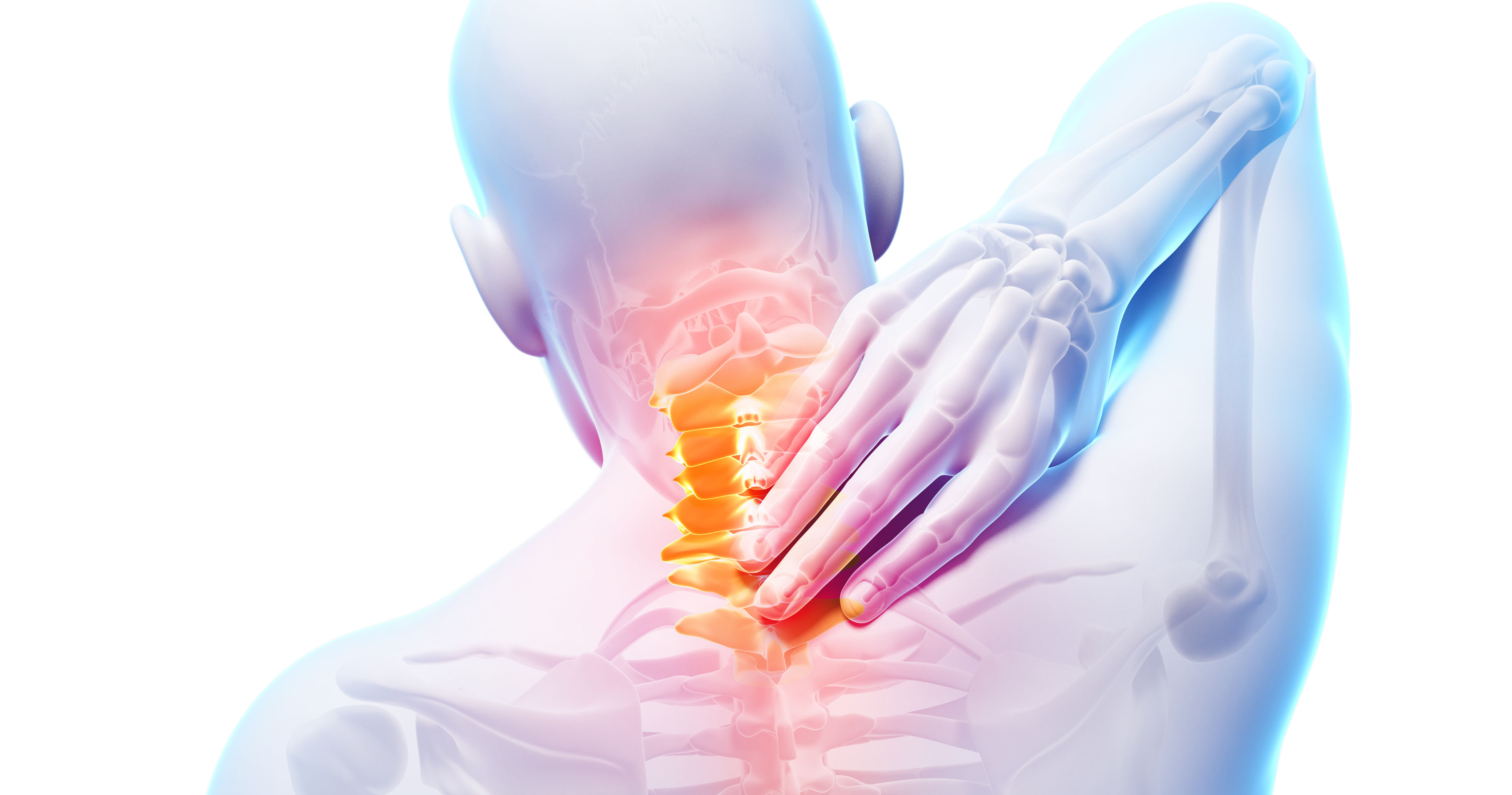
Asthma Relief with Chiropractic Therapy in Decatur
Asthma is a huge problem for many people in Decatur and for a society as a whole, since the Centers for Disease Control and Prevention (CDC) reports that this problem currently affects almost 19 million adults and 7 million children in the United States. A full-blown asthma attack likely means a emergency room visit. Fortunately, Dr. Harrison has helped many people in Decatur get help from asthma symptoms.
Research Shows Chiropractic Treatment Helps With Asthma
The medical literature verifies what we see in our practice. For instance, a study published in Clinical and Experimental Allergy evaluated 31 adult asthma patients after getting four weeks of chiropractic adjustments. The authors reported that the patients who received chiropractic adjustments had a 34 percent decrease in asthma symptoms.
The Journal of Manipulative and Physiological Therapeutics printed another asthma-based study, except this one involved children. In this paper, the 36 kids ranged from 6 to 17 years in age and their asthma was considered either mild or moderate in severity.
After 12 weeks of chiropractic, as a whole, the patients reported a higher quality of life and a diminished level of severity. As a bonus, they also indicated that they depended less on their bronchodilator and these positive effects lasted one year after chiropractic care was finished.
We Can Help People Find Comfort From Asthma
So, whether you're 8 or 80, if you have asthma attacks, be sure to contact Dr. Harrison in Decatur and make an appointment today. We'll do what we can to help you breathe easier!
References
- Asthma. Centers for Disease Control and Prevention.
- Bronfort G et al. (2001, July-August). Chronic pediatric asthma and spinal manipulation: a prospective clinical series and randomized clinical pilot study. Journal of Manipulative and Physiological Therapeutics;24(6):369-77
- Nielsen N et al. (1995, January). Chronic asthma and chiropractic spinal manipulation: a randomized clinical trial. Clinical and Experimental Allergy;25(1):80-8



